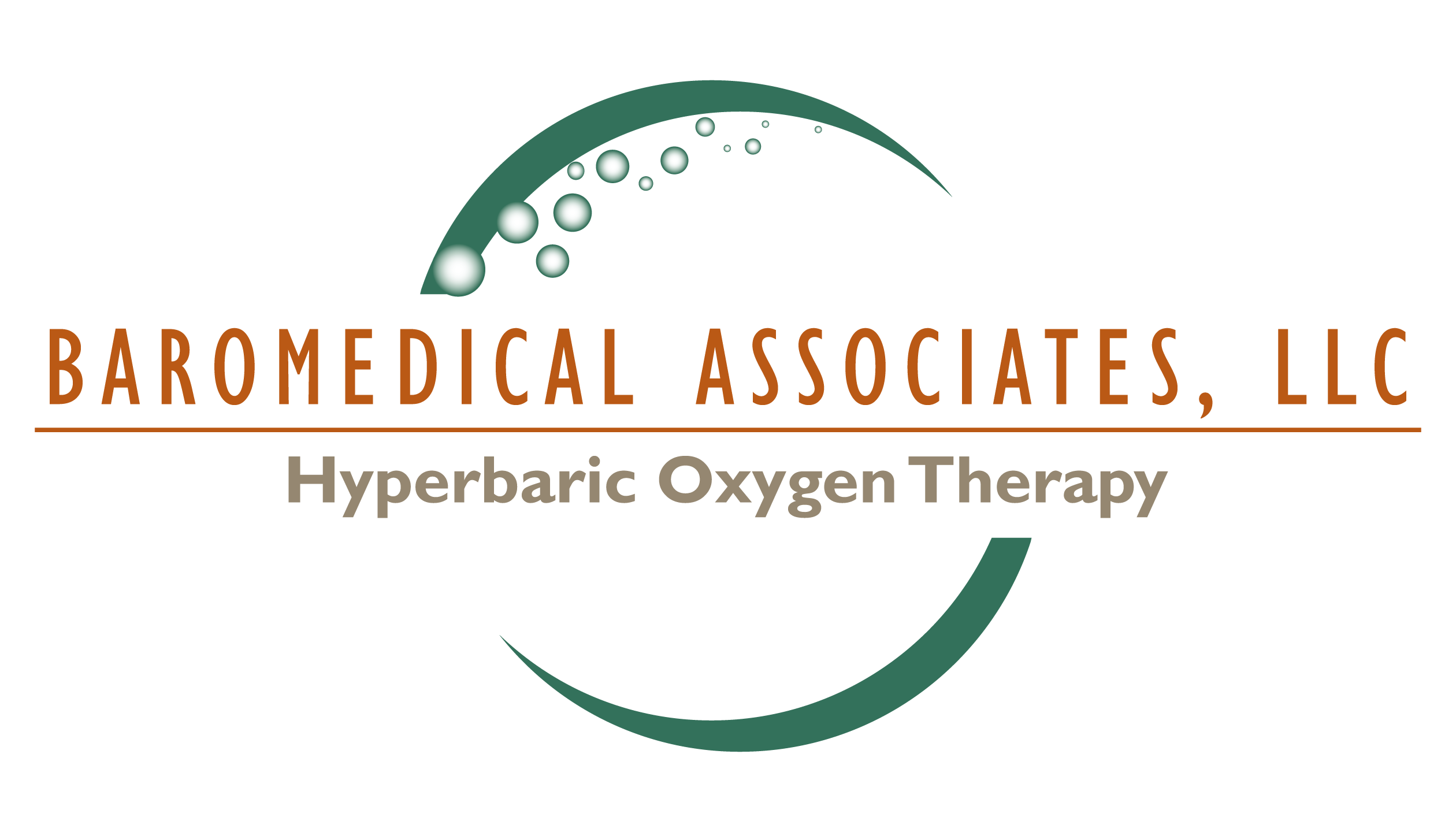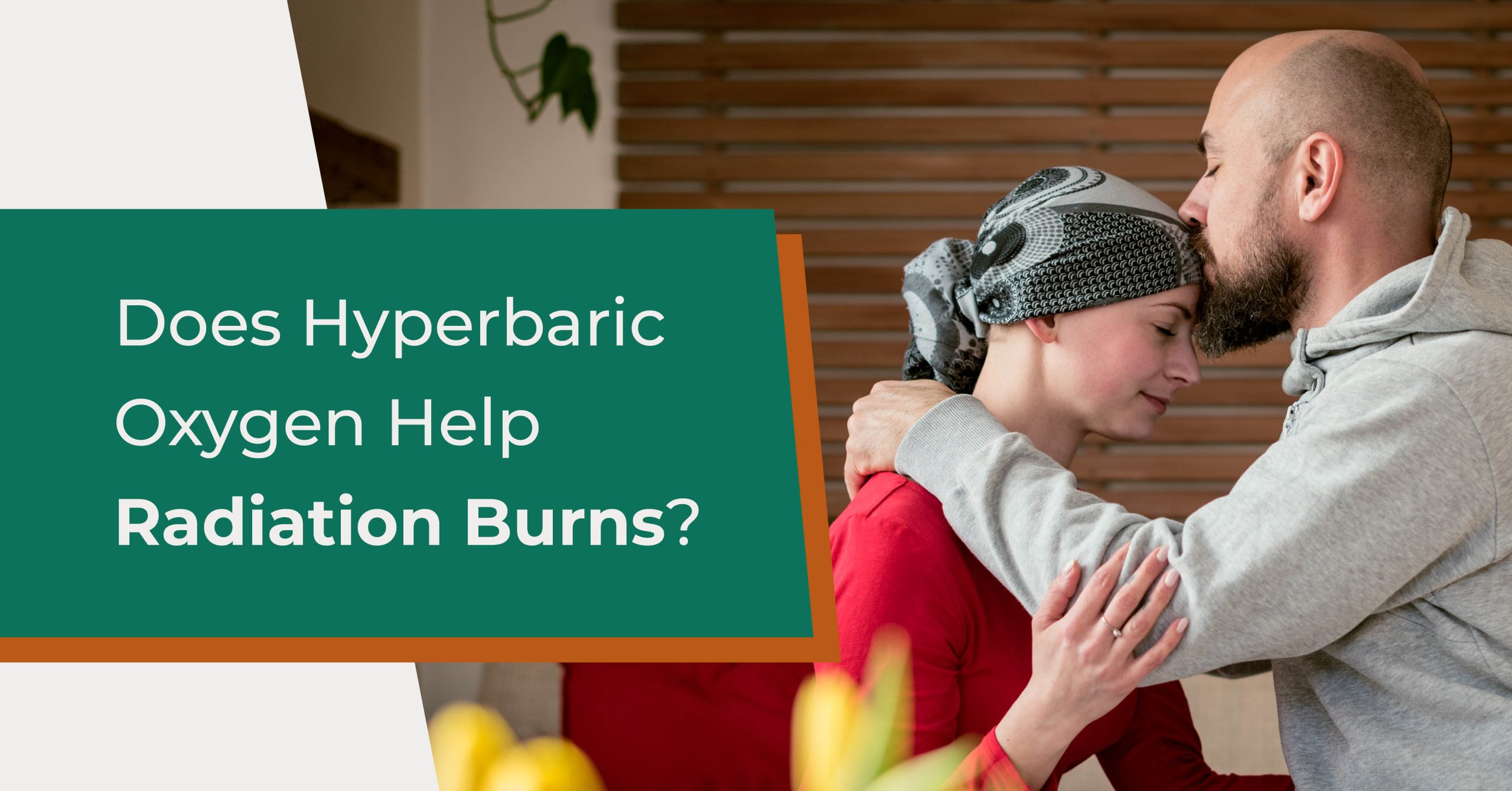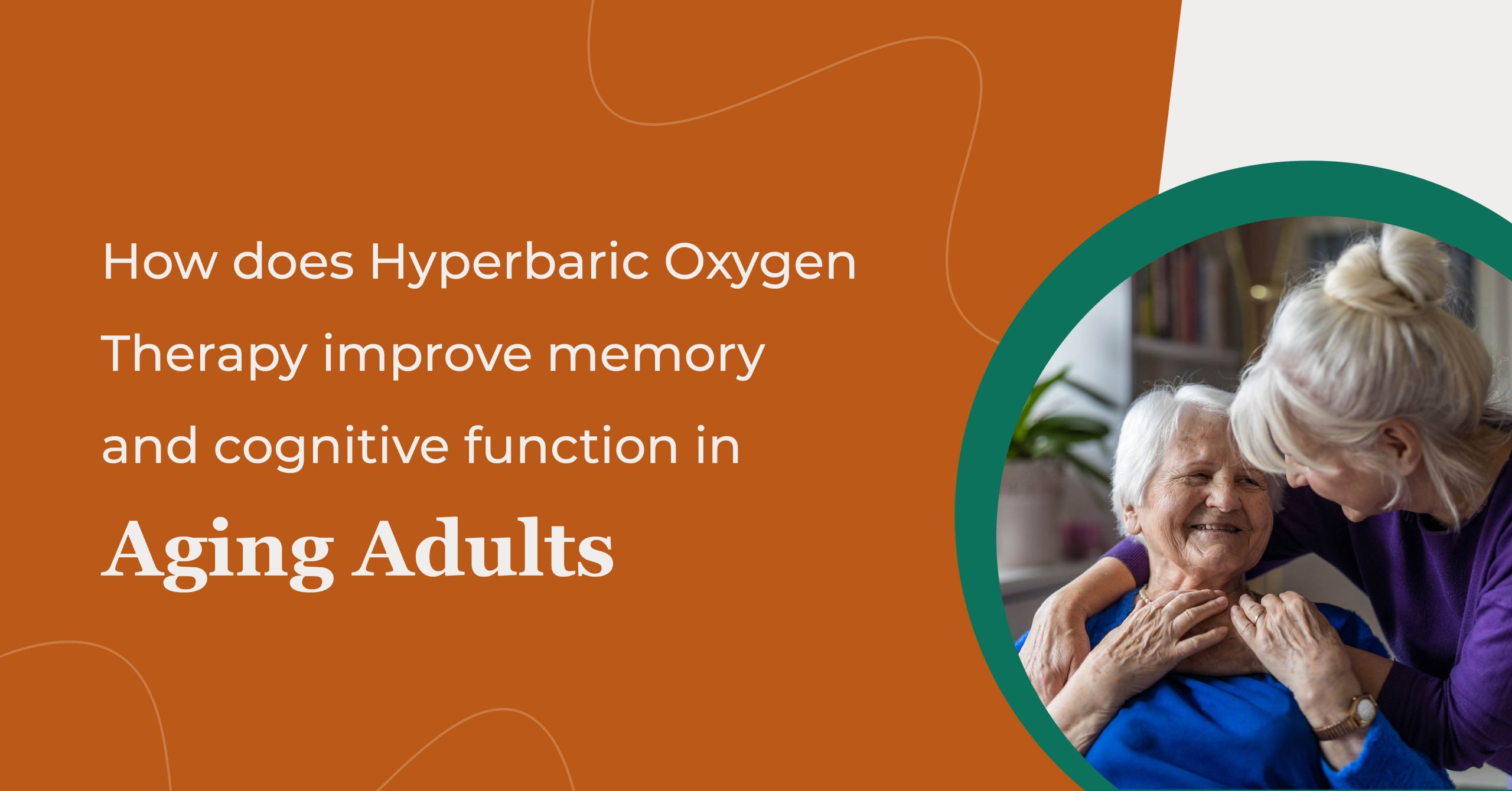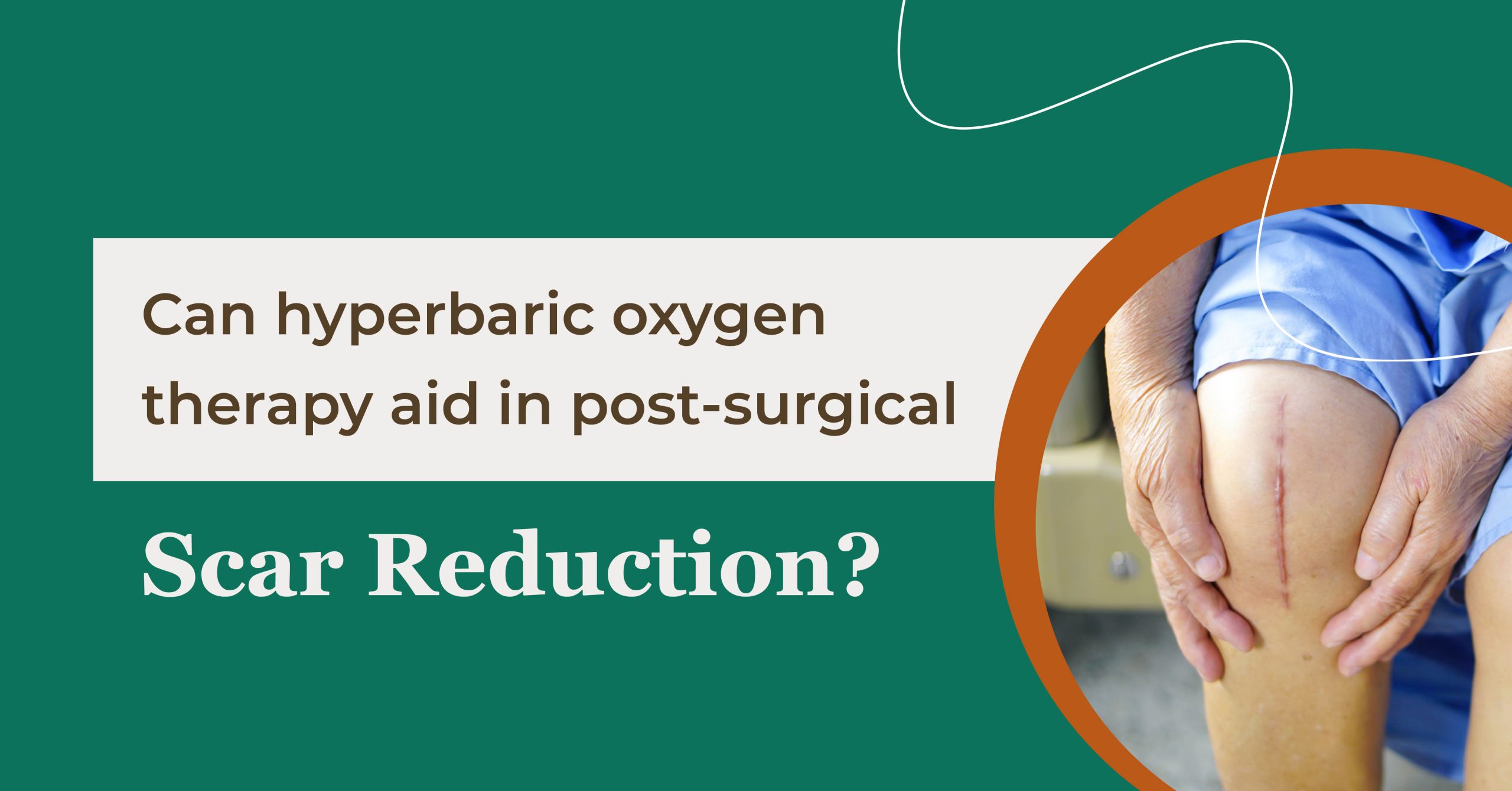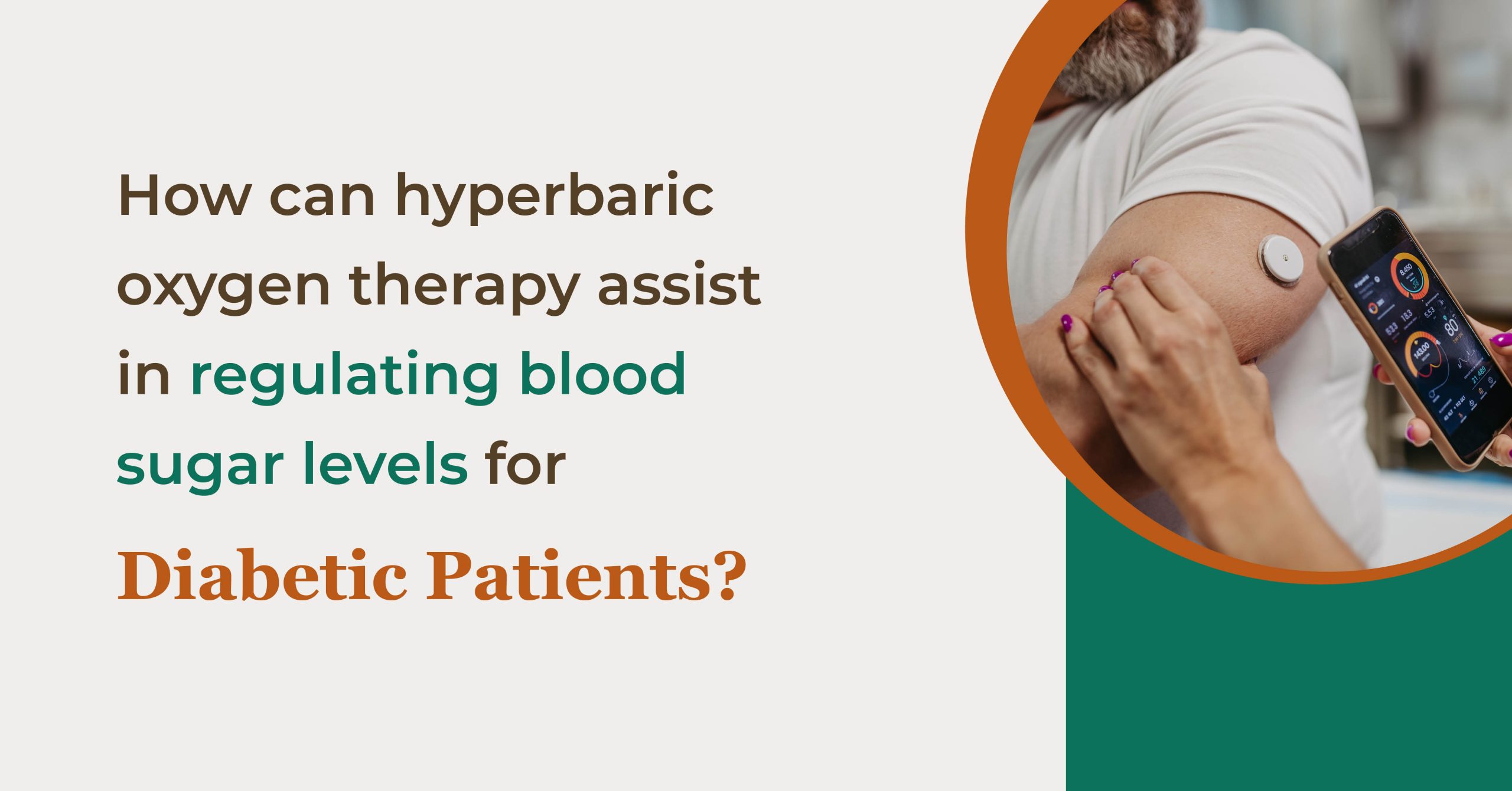Radiation therapy is a powerful treatment in the fight against cancer, but it often comes with a significant price—radiation burns. These painful side effects can noticeably impact a patient’s quality of life, making recovery even more challenging. But in recent years, hyperbaric oxygen therapy (HBOT) has emerged as a potential solution to mitigate these adverse effects. Baromedical Associates helps patients in the Dallas Metroplex and beyond reap the benefits of this innovative therapy. Get the details on radiation burns, HBOT’s applications, and how our team can improve your quality of life.
Understanding Radiation Burns
Radiation burns, also known as radiation dermatitis, occur when high-energy radiation damages the skin and underlying tissues. This condition is a common side effect for patients undergoing radiation therapy for cancer. The severity of radiation burns can range from mild redness to severe blistering and ulceration.
Beyond immediate discomfort, radiation burns may also lead to long-term complications, such as chronic pain, scarring, and increased susceptibility to infections. And the most frustrating part? Conventional treatments for radiation burns only alleviate the symptoms—they don’t often address the underlying tissue damage. With so many long- and short-term effects, it’s no wonder why so many patients are ready to look beyond traditional treatments.
The Science Behind HBOT and Radiation Burns
If typical treatments like pain relievers are no longer helping your radiation burns, HBOT could be the therapy you need. A growing body of scientific evidence is showing HBOT’s effectiveness at addressing radiation dermatitis at a cellular level to help this burned tissue heal. Studies have revealed these benefits:
- Enhanced Oxygen Delivery—Radiation damages blood vessels, reducing oxygen supply to affected tissues. HBOT causes the body to create new capillaries because it increases oxygen levels in the blood, thereby enhancing the delivery of this vital element to damaged areas and promoting faster healing.
- Faster Tissue Repair—Skin regeneration is a top priority for patients with radiation burns. HBOT’s high oxygen levels stimulate the production of collagen and other essential components of tissue repair to accelerate the healing process.
- Reduced Inflammation—Radiation therapy often causes inflammation, which can exacerbate tissue damage. HBOT reduces this inflammation, alleviating the pain and discomfort associated with radiation burns.
Integrating HBOT Into Cancer Care
Incorporating HBOT into cancer care requires collaboration between oncologists, hyperbaric specialists, and patients. First, you’ll consult with your oncologist to learn more about whether HBOT could be a viable option for you. Then, you’ll meet with one of the experts at Baromedical Associates. Our team will conduct a thorough assessment to delve deeper into your condition and develop a treatment plan. In addition to regular HBOT sessions, your oncologist may incorporate the following into your cancer care:
- Advanced Wound Care—Advanced wound care techniques, including specialized dressings and negative pressure wound therapy, are often an excellent complement to HBOT.
- Pharmacological Interventions—HBOT doesn’t heal wounds overnight. In the meantime, patients often need medications such as corticosteroids and pain relievers to manage symptoms and reduce inflammation.
- Integrative Therapies—Some patients combine HBOT with holistic therapies like acupuncture to further supplement their treatment. Always consult your doctor before trying an integrative therapy.
What the Research Says About Skin Regeneration and HBOT
Patients managing radiation and chemotherapy side effects often see promising results after HBOT sessions. And the research is in to back up the anecdotal evidence—several studies have been published in the last twenty years discussing the potential uses for HBOT in cancer patients. Take a look at two studies on HBOT and burn wounds:
- A study from 2004 published by the International Journal of Radiation Oncology discussed the effectiveness of HBOT while treating radiation side effects. Many of the subjects had not found relief with previous treatments. Based on the subject’s symptoms before and after HBOT, the authors concluded this therapy is a safe, effective way of addressing radiation side effects1.
- A clinical trial conducted by researchers from the David Grant Medical Center studied twelve healthy subjects with forearm burns. The group that underwent HBOT showed a 35% reduction in wound size. The findings of this trial supported early studies demonstrating HBOT is a feasible treatment for burns and skin lesions2.
Contact Baromedical Associates to Learn More
The side effects of cancer treatments are no walk in the park. If you’re struggling with radiation burns after chemotherapy, reach out to Baromedical Associates. We specialize in HBOT for cancer support and can walk you through the details of tissue oxygenation, wound healing, and more. Contact us today with questions or to request an appointment.
1 The efficacy of hyperbaric oxygen therapy in the treatment of radiation-induced late side effects
2 The effect of hyperbaric oxygen therapy on a burn wound model in human volunteers
